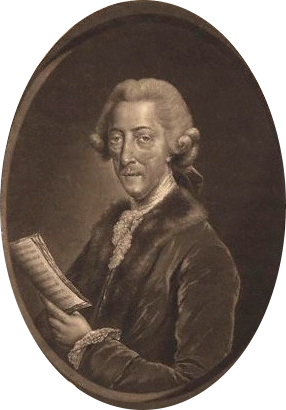
Thomas Augustine Arne was an English composer. He is best known for his patriotic song "Rule, Britannia!" and the song "A-Hunting We Will Go", the latter composed for a 1777 production of The Beggar's Opera, which has since become popular as a folk song and a nursery rhyme. Arne was a leading British theatre composer of the 18th century, working at the West End's Drury Lane and Covent Garden. He wrote many operatic entertainments for the London theatres and pleasure gardens, as well as concertos, sinfonias, and sonatas.

Michael Arne was an English composer, harpsichordist, organist, singer, and actor. He was the son of the composer Thomas Arne and the soprano Cecilia Young, a member of the famous Young family of musicians of the seventeenth and eighteenth centuries. Like his father, Arne worked primarily as a composer of stage music and vocal art song, contributing little to other genres of music. He wrote several songs for London's pleasure gardens, the most famous of which is Lass with the Delicate Air (1762). A moderately prolific composer, Arne wrote nine operas and collaborated on at least 15 others. His most successful opera, Cymon (1767), enjoyed several revivals during his lifetime and into the early nineteenth century.
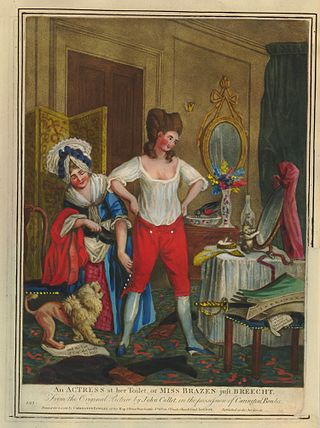
A breeches role is one in which an actress appears in male clothing. Breeches, tight-fitting knee-length pants, were the standard male garment at the time these roles were introduced. The theatrical term travesti covers both this sort of cross-dressing and also that of male actors dressing as female characters. Both are part of the long history of cross-dressing in music and opera and later in film and television.

Elizabeth Billington was a British opera singer.
Alan Opie is an English baritone, primarily known as an opera singer.

Artaserse is the name of a number of Italian operas, all based on a text by Metastasio. Artaserse is the Italian form of the name of the king Artaxerxes I of Persia.

Valentino Urbani was an Italian mezzo-soprano or alto castrato who sang for the composer George Frideric Handel in the 18th century. He was known by the stage name Valentini. He sang the role of Eustazio at the première of Handel’s Rinaldo, the role of Silvio at the premiere of Il pastor fido, and the role of Egeo at the first performance of Teseo. His powers of singing seem to have been limited and by the time of his Handel roles his voice was declining but he is reputed to have been a fine actor.
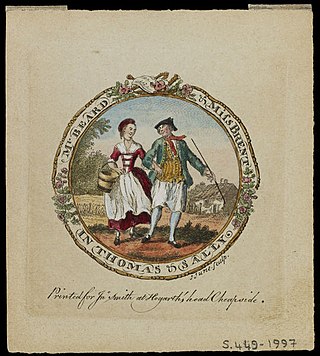
Charlotte Brent was a child prodigy and celebrated soprano singer of the 18th century.
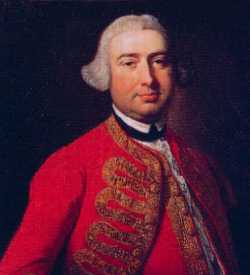
John Beard was an English tenor of the 18th century. He is best remembered for creating an extensive number of roles in the operas and oratorios of George Frideric Handel.
Caterina Galli was an Italian operatic mezzo-soprano. She first rose to fame in England in the 1740s and early 1750s where she was particularly admired for her performances in the works of George Frideric Handel. She then enjoyed success in her native country in the 1750s and 1760s, before returning to England, where she remained active as a performer up through 1797.

Giulia Frasi was born c. 1730 and died in 1772 or after May 1774. She was an Italian soprano who was primarily active in London. She sang in every one of Handel's English oratorios, including various world premières for which the composer wrote roles specifically for her.

Artaserse is an opera in three acts by the Czech composer Josef Mysliveček, set to a popular libretto by Metastasio that was originally performed in 1730. It was customary to alter the Metastasian text considerably for operas in the 1770s, but this one mainly adheres to the original Metastasian text, albeit with the placement of some scenes re-arranged and some scenes omitted. All of Mysliveček's operas are of the serious type in Italian referred to as opera seria.

Giusto Fernando Tenducci, sometimes called "il Senesino", was a soprano (castrato) opera singer and composer, who passed his career partly in Italy but chiefly in Britain.

Catherine Stephens, Countess of Essex was an English operatic singer and actress, once known as Kitty Stephens.
Artaserse is an opera in three acts composed by Leonardo Vinci to an Italian libretto by Metastasio. This was the first of many musical settings of Metastasio's most popular libretto. Vinci and Metastasio were known to have collaborated closely for the world premiere of the opera in Rome. This was the last opera Vinci composed before his death, and also considered to be his masterpiece. It is known among Baroque opera enthusiasts for its florid vocal lines and taxing tessituras. It premiered during the carnival season on 4 February 1730 at the Teatro delle Dame in Rome. As women were banned from the opera stage in Rome in the 18th century, all the female roles in the original production were taken up by castrati. However, subsequent 18th-century productions outside Rome included women in the cast.
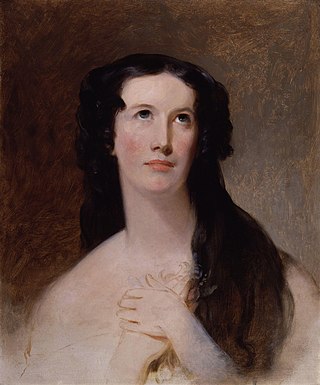
Mary Ann Paton (1802–1864) married names including Mary Ann Wood, was a Scottish vocalist.

Elizabeth Rainforth (1814–1877), was a British soprano opera and concert singer, and music arranger of the 19th century.
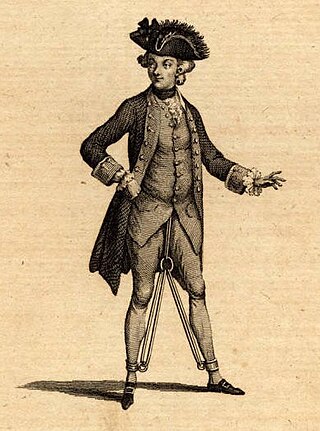
Margaret Kennedy was a contralto singer and actress. She was best known for her performances in male roles, especially in the operas of Thomas Arne.

Artaserse is an opera in three acts composed by Johann Adolph Hasse to an Italian libretto adapted from that by Metastasio by Giovanni Boldini first shown in Venice on 11 February 1730.

Hydaspes is an opera by Francesco Mancini with a libretto by Giovanni Pietro Candi. It was first performed at the King's Theater in the Haymarket, London, on 23 March 1710. It was the second opera in England to be sung entirely in Italian, after Almahide, and was an early London success for the famous castrato Nicolò Grimaldi in the title role.



















